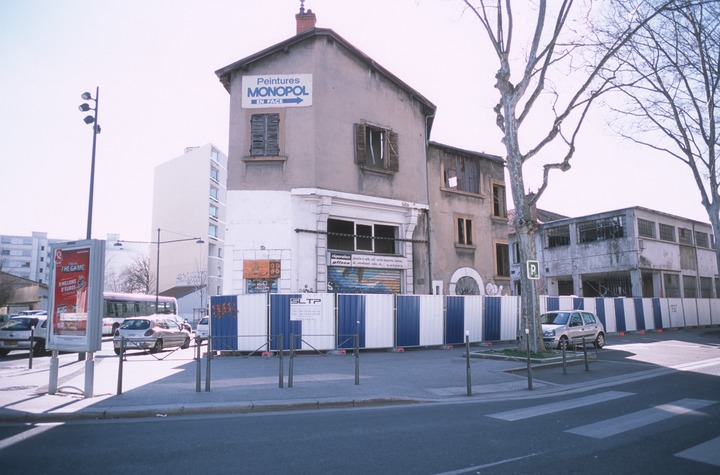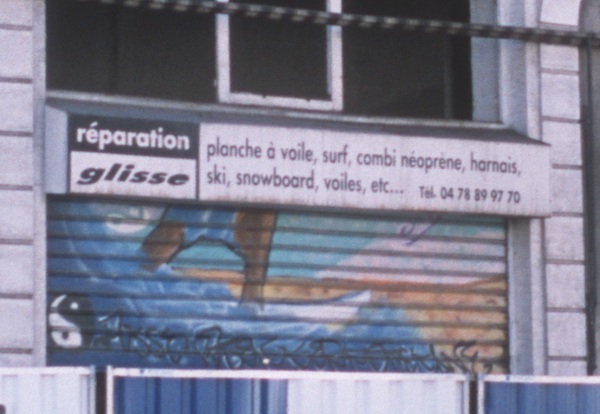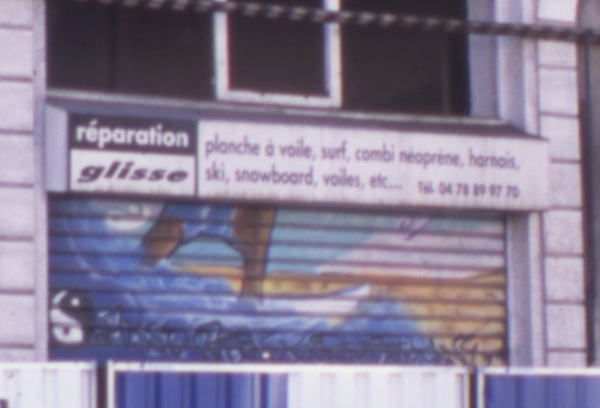Mike-D
Member
I scan using a Minolta Scan Dual III using VueScan. I scan using the "Raw file" Raw DNG format" and "Raw Save Film" output options to get a positive image with all of the information that the scanner can capture from the negative. Then I make my adjustments in Lightroom. This gives me better results than using the scanner software to make the decisions for me.




